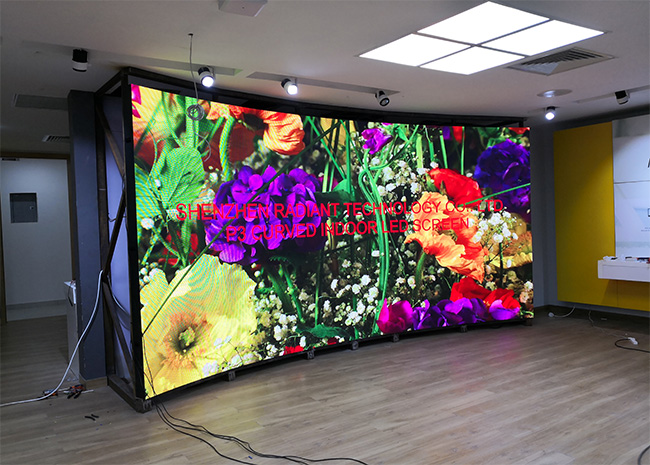Explaining Luminescent Wall Screen Illumination Metrics aiming at Optimal Visual Functionality
Explaining Luminescent Wall Screen Illumination Metrics aiming at Optimal Visual Functionality
Blog Article
LED wall screens have become more and more favored across different environments, including residences and commercial spaces and communal areas. Such screens tend to be known for their bright as well as dynamic visuals, that render them ideal for conveying information, advertisements, and entertainment. However, comprehending brightness illumination measurements of LED wall screens remains crucial to ensuring optimal display performance. Illumination can be quantified using metrics known as nits, which show the amount of luminosity produced by the panel. The higher number of quantity in nits, the brighter the visual is. For instance, example, a panel with one thousand candelas stands significantly brighter than one featuring five hundred candelas, making it more suitable in brightly lit environments.
As you selecting a Light Emitting Diode panel screen, it is important to consider which setting where which the screen will be placed. In brightly lit areas, such as retail environments and open-air locations, higher higher brightness rate becomes necessary to guaranteeing clarity. Conversely, in darker environments, like cinemas and meeting spaces, lower lower illumination rate might be adequate. This is because excessive bright unnecessary brightness in a dark environment can lead to discomfort among the audience, causing them more difficult for focus with the display. Therefore, understanding specific particular needs for an setup site will help in choosing a suitable illumination rate to ensure ideal visual experience.
A further crucial element for consider is the contrast ratio of the LED wall panel. The ratio ratio measures the difference exists between the most luminous white versus the darkest black shade which a screen is able to create. An greater differential proportion indicates the display can it is capable of present greater clarity as well as richness, which enhances overall image clarity. For example, one screen boasting a contrast ratio of 10,000:1 will show visuals featuring more vivid colors and crisper features than a featuring a ratio of one thousand to one. Such becomes especially crucial in instances where displaying images or videos which demand greater definition and detail, such as slideshows and advertising content.
Moreover, the mechanism that drives Light Emitting Diode wall panels plays an essential part in their illumination as well as total performance. Different types in Light Emitting Diode methods, such as OLED and Liquid Crystal Display, that site possess unique characteristics that impact the way brightness is perceived. OLED screens often offer better differential as well as deeper blacks, thereby may improve the viewing experience within dim environments. On the other hand, traditional Light Emitting Diode screens may be better in bright environments because of the ability to generate greater levels of illumination. Comprehending such technological differences will help users in deciding on knowledgeable choices according to click to read specific specific needs.
Finally, consistent care as well as adjustment for Light Emitting Diode panel panels can help maintain ideal illumination and performance long-term. Dirt as well as dirt can accumulate in the surface, impacting its illumination and clarity in a visual. Regular cleaning as well as expert calibration may ensure that panel panel operates at top best, offering consistent image clarity. Moreover, some sophisticated LED panel screens come with built-in features which allow operators to modify brightness settings and color settings according to their preferences. Through implementing these steps, users will guarantee that their Light Emitting Diode wall panels provide the optimal visual performance, no matter where environment where that these are used.